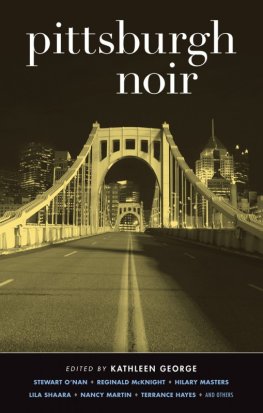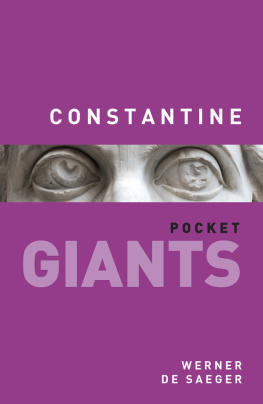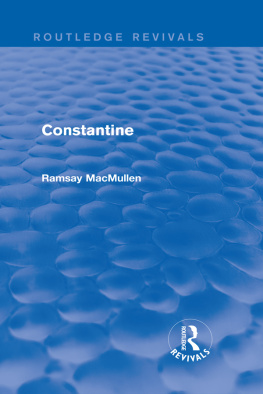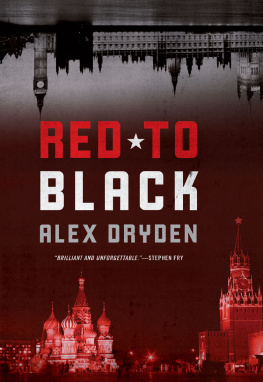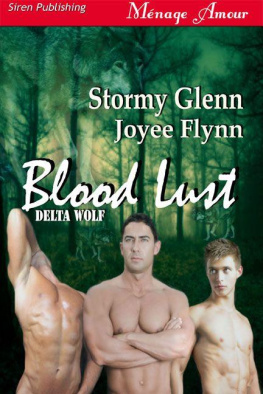

Virtual Government 1997 Alex Constantine
All rights reserved
ISBN 978-1-627310-16-1
Feral House
1240 W. Sims Way #124
Port Townsend, WA 98368
Design by Linda Hayashi
First edition 1997
10 9 8 7 6 5 4 3 2
For Gloria Brighton
Nicole Angiler, Dave Bader, Val Bankston, Douglas Barr, Joseph Bosco, Walter Bowart, the late Mae Brussell, Ann Chin, Marilyn Colman, Mike Coyle, Curio, Melissa Darpino, Dick Farley, the editors of Filth, Vicky Flores-Guerra, Cynthia Ford, Fortfan, Patrick Fourmey & Al Marcelliene of Prevailing Winds, Donald Freed, Harlan Girard, Catherine Gould, Charles Higham, D.K., Paul Krassner, Ed Light, Ben Lindsay, M., Jackie MacGauley, Dave Manning, Betty Martini, Virginia McCullough, Claudia Mullens, Sandy Munro, Adam Parfrey, Claire Reeves, Lynn Moss-Sharman, Claudia Mullens, Tony Van Rentergheim, Paul Ruiz, Thomas Savona, Steve Smith, Kathleen Sullivan, Wes Thomas, the editors and staff of Survivorship, Beth Vargo.
Contents


The Dragon of Order Castle
I n February, 1945 the U.S. Armys Ninth Division, still smarting after a brief exchange of bullets with a band of Nazi die-hards near Vogelsburg, trudged along a fire-gap cut into the spine of a mountain. Saw-toothed pine breached the fog swirling in the valleys on either side and sloped to a sprawling lake far below. The soldiers rounded a bluff and the fog scattered at the sudden rise of immense brownstone towers and flying buttresses.
The Americans entered the castle and explored its cavernous corridors, passed splashing marble fountains, moribund gargoyles and murals of the Teutonic Knights.
The interlocking fortresses sprawled over hundreds of acres.
The castles of Vogelsburgen were training grounds of the Hitler SS elitethe elite of the elite, per William Shirer. The Order Castles (there were four) represented the pinnacle of the Aryan romance. Vogelsburgen lent the SS a sense of mystery and power. Only the highest-scoring students of the academies were accepted. Graduates acquired discipline, knowledge, elitist myopia and blind obedience to authority.
Following the German defeat at Stalingrad in 1943, the Order Castles were transformed into bustling wombs of future political leaders, scientists, spies, military officers and industrialists. Students of the Ordensburgen were given new identities and dispatched to countries around the globe to settle in as sleepers.
Racial hatred was applied on a mass scale, parading as ideology. Like Hitler, to whom the students of the Order Castles swore allegiance, they were inculcated in, as Pope Pius XII described it, "the cult of violence, the idolatry of race and blood, the overthrow of human liberty and dignity." The castles were modeled after the fortresses of the Teutonic Knights, and students were trained to rule over "inferior" men with conspiratorial terror. The school operated in much the same way as a criminal organization. A charter retrieved from the castle of Vogelsburg by the Ninth Division explained that students were expected to be dedicated to the Order for life and death. These men must know that there is no road back for them. He who fails, or would betray the part of his leaders, will be destroyed by this Order. Every National Socialist leader must know that he is climbing a steep grade. Confidence of success was inspired by an absolute belief in ... Adolph Hitler.
In 1944, more than 2,000 Order graduates were trained at Vogelsburgen in the event of an Allied victory. The purpose of the castle, its ominous implications, may have been clear to the Americans. Or, after the horrors of World War II, it is possible they overlooked the ominous implications.
A wind, a low, growl, rumbled up through the castle, growing louder and subsiding like the lugubrious moan of a waking dragon.
Un-American Activities
Those were days when, as we have since found out, Project Paperclip brought such Nazi scientists as Arthur Rudolph and Otto von Bolschwing into the American aerospace industry; when our Central Intelligence Agency was formed by the wholesale grafting of Hitlers Eastern Front intelligence corps onto the remnants of the Office of Secret Services; when friends became enemies and enemies, friends.
Nowadays, when the world takes industrial might for granted as the only order all must march to, one can do no more than pray that the truth will continue to pick its slow way through the blood and smog.
Peter Carey, San Jose Mercury-News, July 18, 1986
I n 1933, the year of the Long Knives, Representative Hamilton Fishs life was derailed by a reading of Communism in Germany, issued by a Nazi propaganda house. Inspired by this tract, Fish joined forces with George Sylvester Viereck, ranking Nazi agent in the United States. Ever the public servant, Fish graciously conferred upon Viereck free reign of the Congressmans suite in the House Office Building.
A few years later, hours of thunderous Congressional oratory followed the arrest of George Hill, Fishs office clerk, on charges of spying for Himmlers SS.
Well before the Martin Dies Committee convened, Congressman Fish conducted the very first inquisitional federal investigation of Communism, otherwise known as the House Un-American Activities Committee (HUAC). Between the pair of right-wing hot-seats, Dies and HUAC, came the McCormack-Dickstein Committee, formed in 1934 to investigate the dissemination of Nazi propaganda in the United States. This panel discovered that there was, in progress, a fascist plot to seize the government. Shortly thereafter, the McCormack-Dickstein Committee was dissolved and its successor turned a deaf ear to any mention of fascist agitation on domestic soil.
But confirmation that Nazis were quietly rallying for the next phase of the war came with the publication of Treasons Peace, by Howard Armbruster, in 1947. Ambruster: A few weeks after the surrender, Democratic Senator Harley M. Kilgore returned from an early postwar trip to occupied Germany with the announcement that he had uncovered proof of the plot to revive I.G. Farben and other German war industries, and that German industrial leaders were already preparing for the next world war.
Domestic fascists conspired with their European counterparts to transform the American political and military bureaucracies into a low-intensity battleground.
In The Yahoos (Marzani and Munsell, 1964), a study of Aryan Nations-type groups in America, author Mike Newberry detailed the bona fids of ranking HUAC investigators, among them:
EDWARD SULLIVAN: HUACs first chief investigator, a career criminal with a record of nine arrests [ranging from sodomy to larceny]. Co-editor of a Nazi hate sheet with James Kike Killer True. Addressed German-American Bund rallies prior to his concern with Un-Americanism and was director of an openly fascistic Ukrainian group.
Next page


